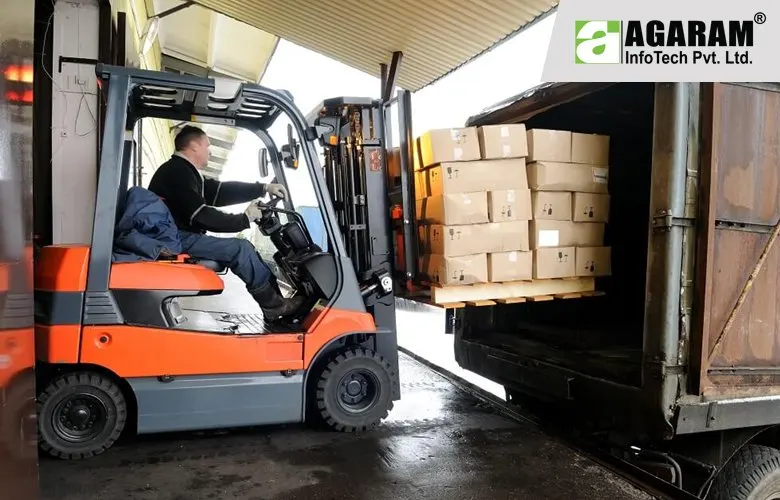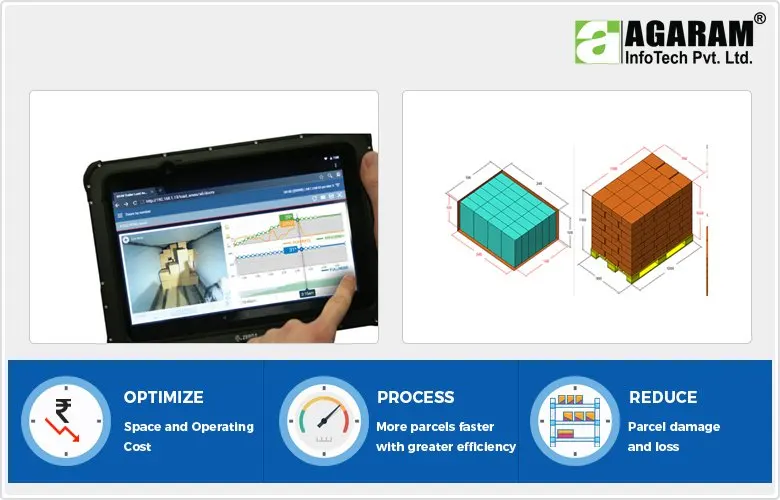Optimizing operational efficiency and reducing logistics costs are the primary concerns for any business that does logistics service. In this context you need to introspect into the different expenses that constitute your operations cost.
The way companies calculate their logistics cost is very specific to them; however majority of them consider transportation, labor, warehouse expenses, and administrative costs to arrive at their logistics costs. Of these transportation and storage costs contribute to the bulk of these expenses. When companies try to optimize their operations cost it is important to ascertain that performance and timely delivery do not take a beating. In short we must evolve at a strategy to optimize logistics cost and at the same time ensure performance and timely delivery.
Keeping this in mind let's look at the list of the factors that greatly affect logistics costs :
Glances at all of these factors clearly indicate that ensuring the best utilization of the space of containers and freight would be the ultimate solution to all of the issues. Optimal container space Utilization would eliminate repeated trips in the same route, would ensure timely delivery of goods at the destination or ports/airports for further dispatch, and would eliminate increased warehousing expense by reducing the stock at hand. Efficient container space utilization requires the following :

The obvious fact is that shipping goods in FCL (full container loads) is preferable to LCL (less than a container load), for FCL are safer and more cost-effective and also ensures that your goods are loaded according to your specifications in a space that is not shared with other vendor goods. While sharing container space with other logistics provider we may end up experiencing customs delays for no fault of ours. Basically everything boils down to efficient Container and Truck load planning with maximum container space utilization, reduced container shipment volume, and minimum logistics costs and delivery time. Hence it is essential to arrive at an optimal loading plan using optimization computer software which reduces transportation cost and order cycle time. The optimization software achieves this by eliminating time wastage in the process by improving supply chain collaboration. This also enhances customer satisfaction and enables the company to become more competitive in the market.
The process of loading the goods in the Trailer is a race against time which demands great planning & execution with accuracy. So continuous monitoring of the process is required with real-time insights, in the absence of which multiple challenges surface -
WASTED SPACE – Truck / Trailer space is expensive and inefficient usage of it leads to wasted fuel, maintenance and personnel expenses each year. This leads to more trucks plying on the road leaving a negative impact on the environment.
IMPROPER LOADING - Apart from empty trailer space poor loading techniques also leads to some undesirable goods arrangement like stacking packages in unstable arrangement, placing heavy boxes or cartons on top of lighter ones, etc. This often results in damage of goods and resultant expensive damage claims.
LACK OF VISIBILITY INTO LOADING - Dock managers cannot view all the dock doors they are responsible for managing without physically visiting each door. This results in errors in the loading operations being simply missed, eventually resulting in costly delays. This lack of visibility into loading operations also leads to cargo theft problems which in the global scenario estimate to $50 billion annually.
The key is to adopt a Smarter Way to Load Trucks using automated software assisted container and truck load planning.

Determine the best way of loading mixed size products into vehicles and containers with an automated Load Calculator that is Quick and effective. Choose a comprehensive Logistics Software that offers an integrated 'Container Load Calculator' that simulates the process of container loading and determines the optimal load positioning based on important parameters like the type of cargo, its input dimensions (width, height, length, weight and number of units), the container specification and weight. The application will display the most optimal way to position the goods using 3D images which clearly let you plan and devise optimal positioning of goods inside a container or truck. This careful scrutiny and evaluation of cargo helps to eliminate many undesirable situations like
These desirable benefits of the container load planner originate from the fact that it devices the best way to load mixed size & weight products into vehicles and containers keeping in view all the concerned parameters specified above. You can continuously monitor & alter the manner & position in which your crates, cartons, boxes or other types of cargo are loaded in the container. The entire evaluation process executes in a considerably short span of time and the load plan can be examined latter and report can be printed or shared.
Container space utilization is the key to fuel reduction for it eliminates repeated unwanted trips; ensures efficient utilization of manpower & machinery and devises better logistics service and results in increased profit. Choose the right Logistics software that lets us effectively manage your container / truck space utilization to ensure better business results.